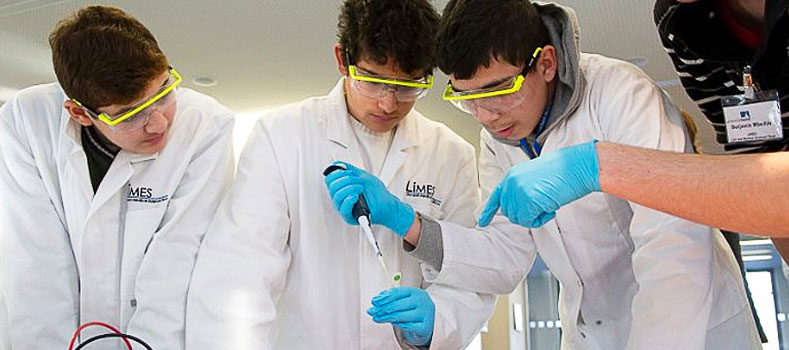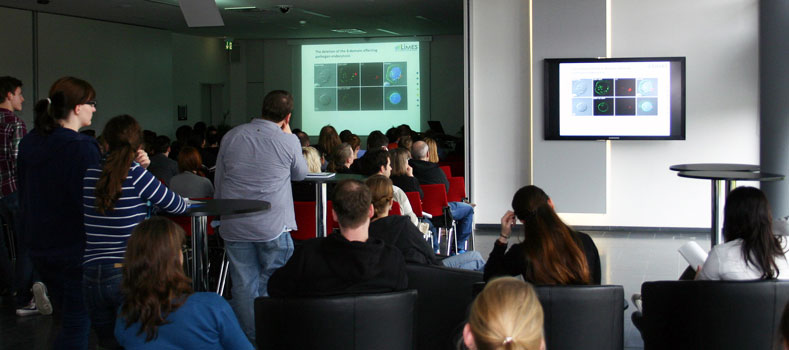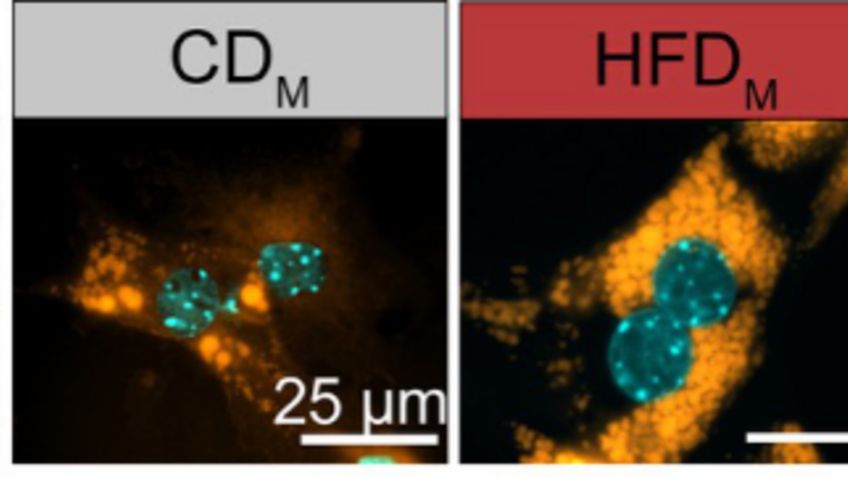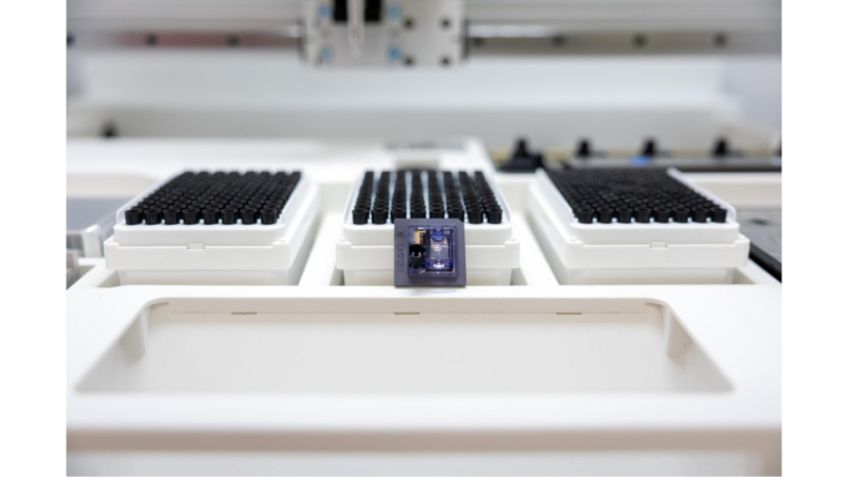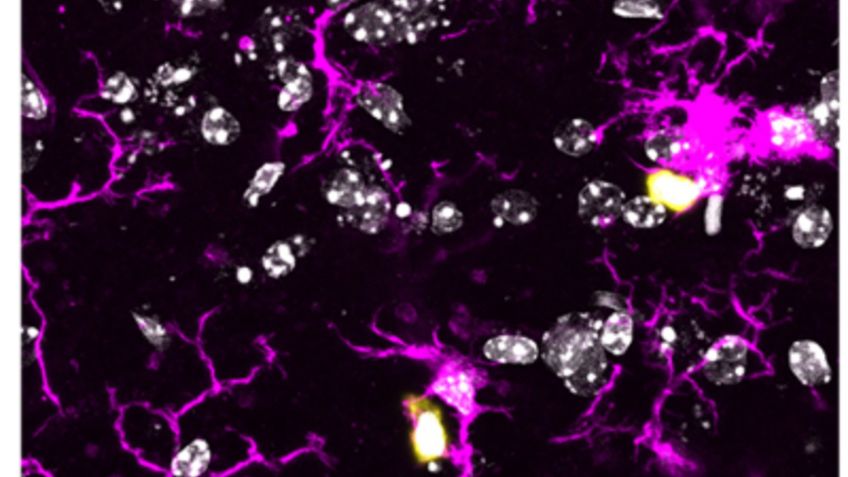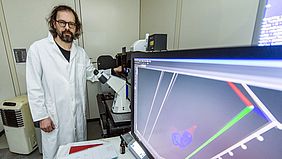Spliceosomal dysregulation dramatically affects many cellular processes, notably signal transduction, metabolism, and proliferation, and has led to the concept of targeting intracellular spliceosomal proteins to combat cancer. Here we show that a subset of lymphoma cells displays a spliceosomal complex on their surface, which we term surface spliceosomal complex (SSC). The SSC consists of at least 13 core components and was discovered as the binding target of the non-Hodgkin’s lymphoma-specific aptamer C10.36. The aptamer triggers SSC internalization, causing global changes in alternative splicing patterns that eventually lead to necrotic cell death. Our study reveals an exceptional spatial arrangement of a spliceosomal complex and defines it not only as a potential target ofanti-cancer drugs, but also suggests that its localization plays a fundamental role in cell survival.
Publication: Sonal S. Tonapi, Vaishali Pannu, Janet E. Duncan, Matthew Rosenow, Anthony Helmstetter, Daniel Magee, Qing Zhang, Teresa T. Tinder, Melissa Richards, David D. Halbert, Michael Famulok, David Spetzler, Mark R. Miglarese, Heather A. O'Neill und Günter Mayer: Translocation of a cell surface spliceosomal complex induces alternative splicing events and lymphoma cell necrosis; Cell Chemical Biology; DOI: 10.1016/j.chembiol.2019.02.016
Contact:
Prof. Dr. Günter Mayer
Life & Medical Sciences Institut (LIMES)
Universität Bonn
Tel. 0228/732935
E-Mail: gmayer@uni-bonn.de





